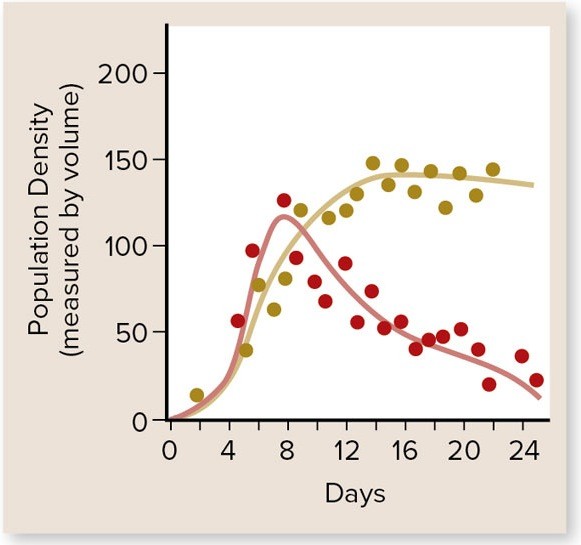The Streptokinase secreted by Streptococcus pyogenes
A. Lyses leukocytes, platelets, and erythrocytes
B. Lyses blood clots and facilitates spread of bacteria in tissues
C. Degrades complement component C5a
D. Depolymerizes cell-free DNA in purulent material
Ans: B. Lyses blood clots and facilitates spread of bacteria in tissues
You might also like to view...
In what process does a fertilized egg undergo cell division without further growth?
A. implantation B. morphogenesis C. differentiation D. gastrulation E. cleavage
A scientist hypothesizes that a new drug turns on a certain gene in a skin cell. Which of the following experiments would be the best to test her hypothesis?
A) Use qPCR to measure the initial levels of gene expression in skin cells, treat skin cells with the drug and measure the levels of gene expression, and then compare the two measurements. B) Use qPCR to measure the levels of gene expression in skin cells after exposure to the drug. C) Use qPCR to measure the initial levels of gene expression in muscle cells, treat skin cells with the drug and measure the levels of gene expression, and then compare the two measurements. D) Use qPCR to measure the levels of gene expression in skin cells after exposure to the drug and then add another drug to turn off gene expression and use qPCR to measure the levels of expression.
Little scientific evidence is necessary when formulating a theory.
Answer the following statement true (T) or false (F)
Which statement correctly interprets the graph? (Note, Paramecium caudatum is in red and Paramecium aurelia is in mustard color.) 
A. Paramecium aurelia drives Paramecium caudatum to near extinction. B. Paramecium caudatum drives Paramecium aurelia to near extinction. C. Paramecium caudatum and Paramecium aurelia are unable to exist, and both populations go extinct after 24 days. D. Paramecium caudatum and Paramecium aurelia are able to compete for the same resource, and their population densities are not affected.